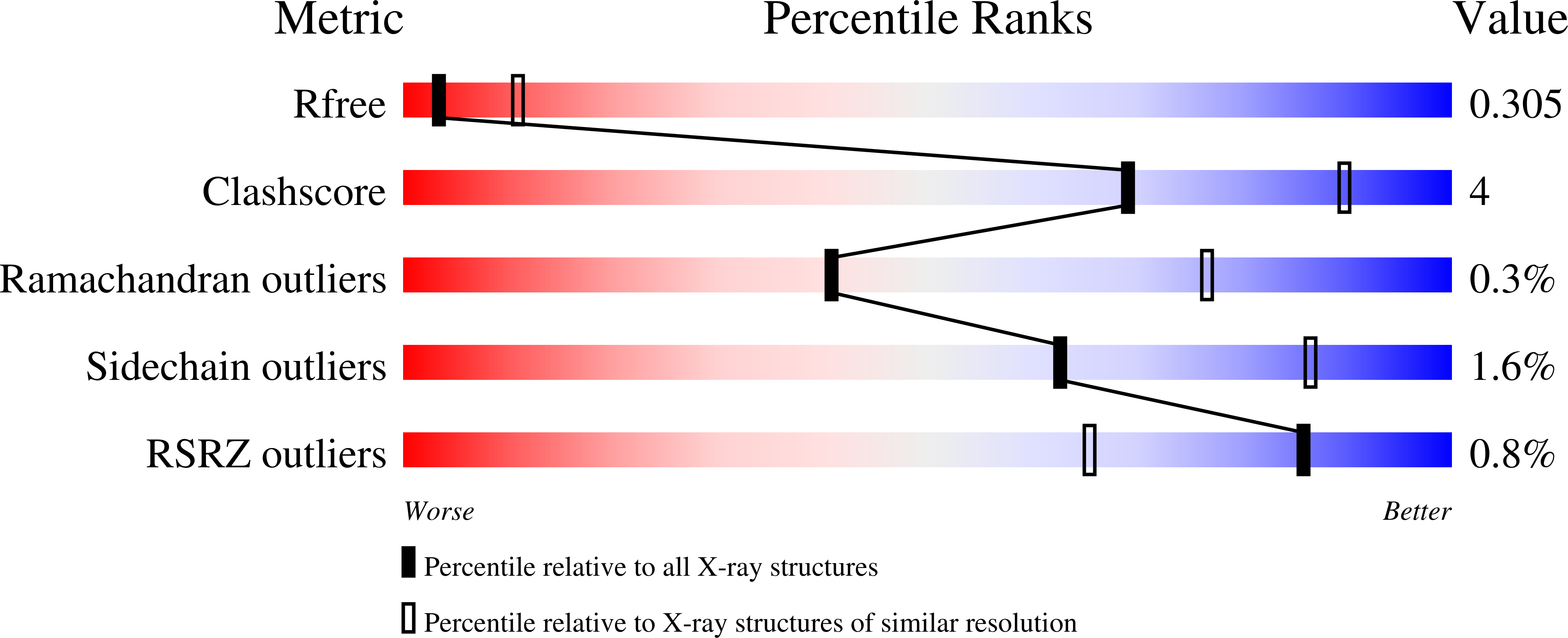
Deposition Date
2021-05-04
Release Date
2021-12-01
Last Version Date
2023-10-18
Entry Detail
PDB ID:
7MP8
Keywords:
Title:
Crystal structure of the cytosolic domain of Tribolium castaneum PINK1 in the non-phosphorylated state
Biological Source:
Source Organism:
Tribolium castaneum (Taxon ID: 7070)
Host Organism:
Method Details:
Experimental Method:
Resolution:
3.00 Å
R-Value Free:
0.30
R-Value Work:
0.25
R-Value Observed:
0.25
Space Group:
P 61 2 2


